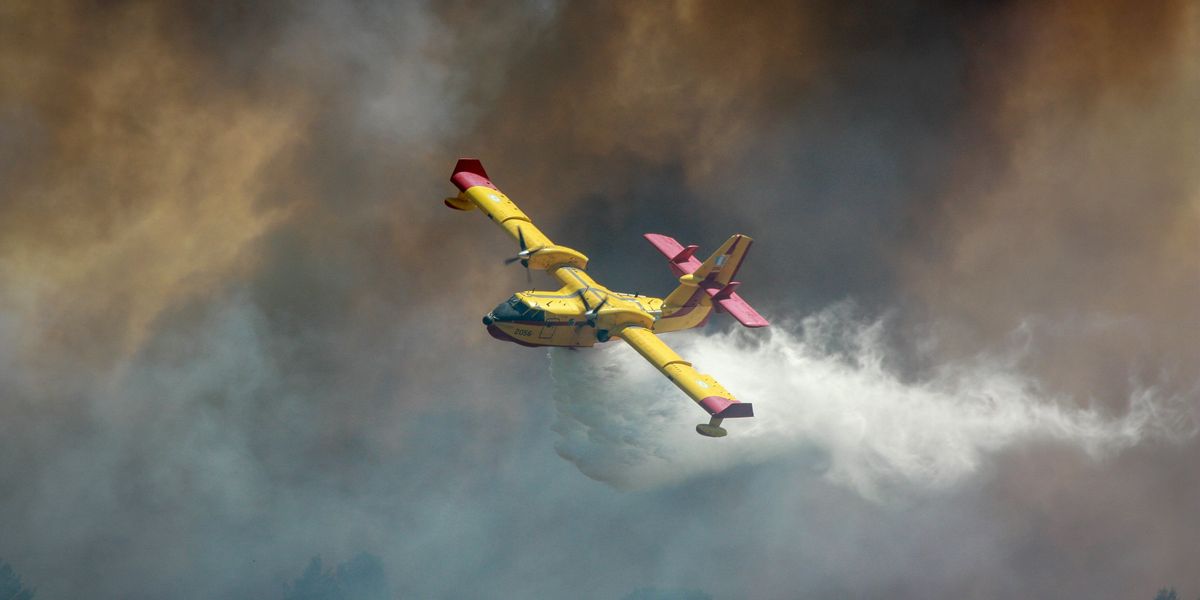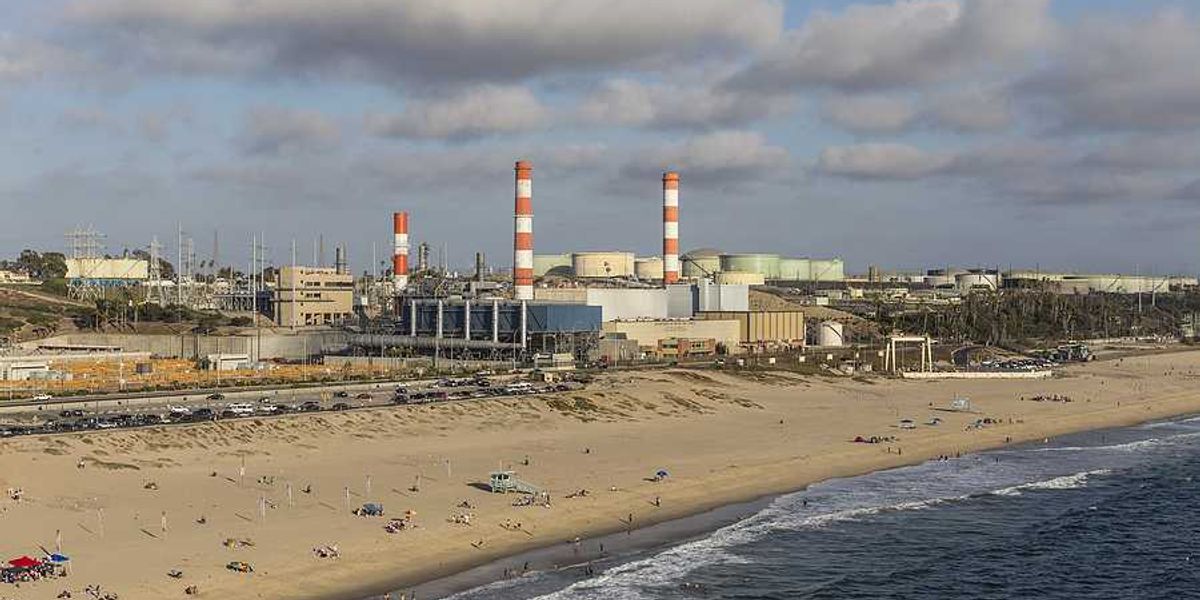
Study links January Los Angeles wildfires to hundreds of hidden deaths
A JAMA study estimates 440 excess deaths in Los Angeles County in the month after January’s wildfires, far above the official toll of 30.
Ruby Mellen reports for The Washington Post.
In short:
- Researchers compared mortality data from Jan. 5 to Feb. 1 with historical averages and counted 6,371 deaths, about 440 more than expected.
- The likely toll — more than 10 times the 30 officially recorded fatalities — reflects prolonged smoke exposure and disrupted medical care.
- Authors say the brief study window probably missed additional deaths and long-term illnesses among residents and first responders.
Key quote:
“It highlights that it’s very difficult to attribute a death to a natural disaster. Because while some deaths are due to direct exposure, others are due to the sustained exposure."
— Andrew Stokes, associate professor at Boston University’s School of Public Health
Why this matters:
Wildfires now burn longer, hotter, and nearer to large cities, turning smoke and chemical ash into lingering, invisible hazards. Fine particles and toxic compounds seep deep into lungs and blood, elevating risks of heart attacks, strokes, and chronic respiratory disease long after flames are extinguished. Evacuations, power outages and closed clinics delay lifesaving care for people with diabetes, COPD and heart failure, amplifying harm. Excess-death studies expose these hidden casualties, showing that the bodies tallied at disaster sites miss seniors who die quietly from cardiac arrest or children whose asthma flares amid smoke-choked air. As climate-fueled fires spread across the West, understanding this shadow toll is essential for protecting public health.
Learn more: Wildfire smoke poses growing health threats as politics delay response













